Home>diy>Building & Construction>How To Estimate Construction Costs
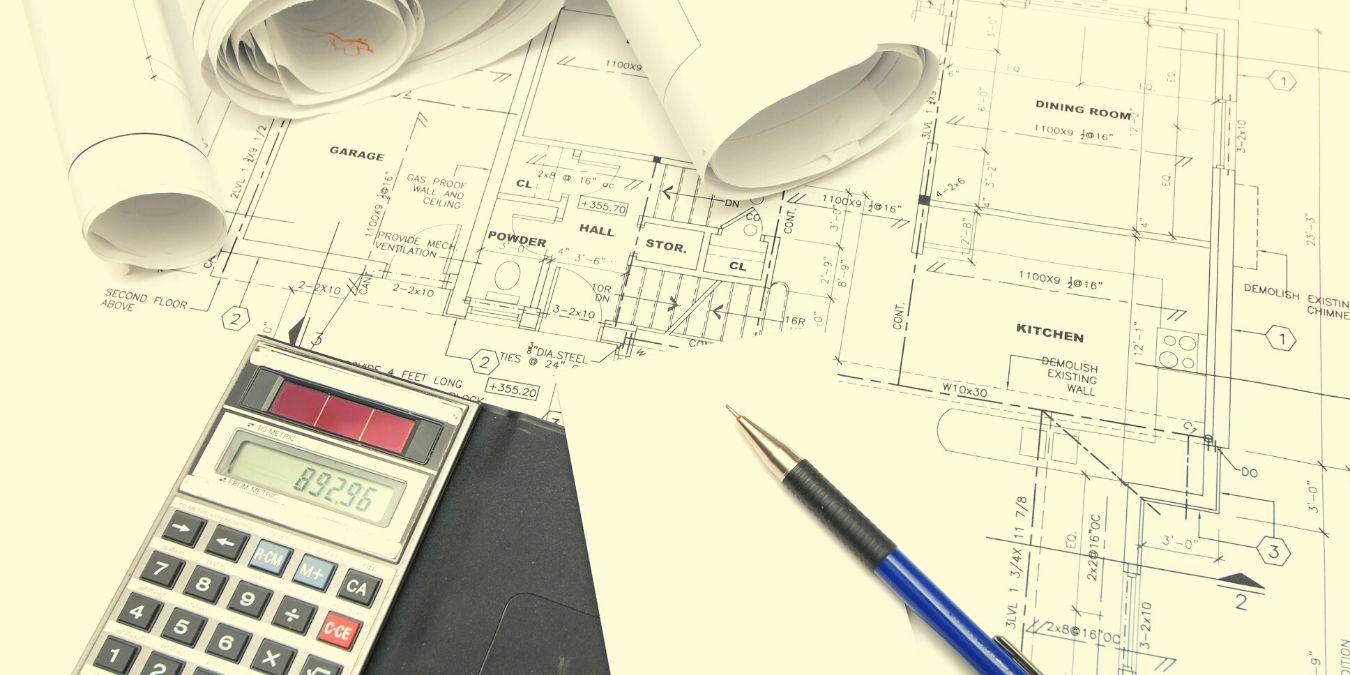

Building & Construction
How To Estimate Construction Costs
Modified: March 6, 2024
Learn how to estimate construction costs for building construction projects. Determine accurate budgets and avoid costly surprises with our helpful guide.
(Many of the links in this article redirect to a specific reviewed product. Your purchase of these products through affiliate links helps to generate commission for Storables.com, at no extra cost. Learn more)
Introduction
Welcome to the world of construction, a dynamic and ever-evolving industry. Whether you are a homeowner embarking on a remodeling project or a developer constructing a multi-story building, it is essential to have a thorough understanding of construction costs. Estimating costs accurately is crucial for budgeting, securing financing, and ensuring the success of any construction project.
Construction costs refer to the various expenses associated with building a structure, including labor, materials, equipment, overhead, and profit margins. The intricacies of construction cost estimation lie in the ability to assess the unique requirements of each project and make accurate calculations.
Factors such as project size, complexity, location, market conditions, and the type of construction can significantly impact the overall costs. Therefore, it is crucial to consider these elements carefully during the estimation process.
In this article, we will delve into the different types of construction costs, explore the factors that influence them, and provide strategies to estimate costs accurately. By the end, you will have a solid foundation to effectively estimate construction costs and manage your construction projects efficiently.
Key Takeaways:
- Understanding construction costs involves labor, materials, equipment, and overhead. Accurate estimation requires analyzing project specifics, obtaining quotes, and staying updated with market trends.
- Common mistakes in cost estimation include overlooking hidden costs, neglecting safety compliance, and not updating estimates regularly. Thorough analysis and ongoing evaluation are crucial for accurate construction cost estimation.
Read more: How To Estimate Labor Cost For Construction
Understanding Construction Costs
Before diving into the process of estimating construction costs, it is essential to have a clear understanding of what these costs entail. Construction costs encompass all the expenses associated with building a structure, from the initial planning and design stages to the actual construction and completion of the project.
Construction costs can be broadly categorized into four major components: labor, materials, equipment, and overhead. Each of these components contributes to the overall cost and requires careful evaluation during the estimation process.
Labor Costs: One of the significant expenses in construction is labor. This includes wages for skilled tradespeople, project managers, supervisors, and support staff. The labor cost estimation involves assessing the number of workers required, their hourly rates, and the estimated duration of the project.
Material Costs: Materials are the building blocks of any construction project. They encompass everything from lumber and concrete to wiring and plumbing fixtures. Estimating material costs involves gathering detailed information on the quantities and prices of the required materials, factoring in any waste or additional costs such as delivery.
Equipment Costs: Construction projects often require the use of heavy equipment, such as excavators, cranes, and bulldozers. Estimating equipment costs involves considering the rental or purchase costs of the required machinery, as well as any associated expenses for fuel, maintenance, and operator wages.
Overhead Costs: Overhead costs refer to the indirect expenses associated with the construction project that are not directly related to labor, materials, or equipment. Examples of overhead costs include insurance, permits, utilities, temporary facilities, and project management expenses. These costs need to be factored in during the estimation process to ensure accurate budgeting.
Additionally, it is important to consider the profit margin when estimating construction costs. The profit margin is the amount added to the construction costs to generate a profit for the contractor or builder. The percentage of profit margin will vary depending on factors such as market conditions and the competitiveness of the industry.
By understanding the different components of construction costs, you can effectively evaluate the various factors that influence them. In the next sections, we will delve deeper into each component and provide strategies for accurate cost estimation.
Factors Affecting Construction Costs
Estimating construction costs accurately requires taking into account a variety of factors that can influence the overall expenses of a project. These factors can vary depending on the specific characteristics of the project and the external conditions in which it is being executed. Understanding these factors is crucial for accurate cost estimation. Let’s explore some of the key factors that can affect construction costs:
- Project Size and Complexity: Larger and more complex projects often require a higher level of expertise, specialized equipment, and increased labor hours. As a result, the cost of construction tends to be higher compared to smaller, simpler projects.
- Location: The location of a construction project can have a significant impact on costs. Factors such as local labor rates, material availability, and transportation costs can vary depending on the geographic region.
- Market Conditions: Construction costs can also be influenced by the current market conditions. During periods of high demand, prices for labor and materials may increase, affecting overall project costs.
- Design and Specifications: The design and specifications of a project can impact construction costs. More intricate designs or the use of premium materials can result in higher expenses.
- Site Conditions: The condition of the construction site plays a crucial role in cost estimation. Sites with difficult terrain, environmental constraints, or the need for extensive groundwork may require additional resources, resulting in increased costs.
- Regulatory Requirements: Compliance with local building codes and regulations can add to construction costs. Factors such as permits, inspections, and environmental considerations need to be accounted for in the estimation process.
By carefully analyzing these factors and their potential impact on construction costs, you can develop a more accurate estimation for your construction project. It is important to note that these factors may interact with one another, requiring a comprehensive assessment during the cost estimation process.
In the next sections, we will explore different types of construction costs and provide strategies for estimating each component effectively.
Types of Construction Costs
When estimating construction costs, it is important to understand the different types of costs involved. This knowledge allows for a more comprehensive and accurate estimation, as each type of cost represents a specific aspect of the construction process. Let’s explore the main types of construction costs:
- Direct Costs: Direct costs, also known as hard costs, are expenses directly associated with the physical construction of a project. This includes labor wages, material costs, equipment rentals, and any other costs directly related to the construction activities. Direct costs are typically the most significant component of construction expenses and require careful estimation.
- Indirect Costs: Indirect costs, also known as soft costs, are expenses that are not directly tied to the physical construction but are necessary for the successful completion of the project. Examples include architectural and engineering fees, permits, inspections, legal fees, insurance, and project management costs. These costs need to be factored in during the estimation process to ensure a comprehensive budget.
- Fixed Costs: Fixed costs are expenses that remain constant throughout the project duration, regardless of its scale or timeline. These costs include items such as land acquisition, certain equipment purchases, and building permits. Fixed costs are not directly affected by changes in project scope or duration.
- Variable Costs: Variable costs are expenses that fluctuate based on the scale and duration of the project. Labor costs, materials, and equipment rentals are examples of variable costs that increase or decrease proportionally with project size and duration. Estimating variable costs requires careful consideration of project requirements and market conditions.
- Contingency Costs: Contingency costs are an additional budget allocated to accommodate unforeseen circumstances or changes in project scope. These costs act as a buffer to cover unexpected expenses that may arise during construction. Contingency costs are typically expressed as a percentage of the total project cost and can vary depending on project complexity and risk factors.
By identifying and understanding the different types of construction costs, you can develop a more comprehensive budget and ensure all necessary expenses are accounted for. It is important to emphasize that accurate cost estimation requires a thorough analysis of each cost type, considering project-specific factors and external conditions.
In the following sections, we will explore how to estimate labor costs, material costs, equipment costs, overhead costs, and profit margins to create a more accurate construction cost estimation.
Estimating Labor Costs
Accurately estimating labor costs is vital for developing a comprehensive construction budget. Labor costs typically constitute a significant portion of the overall construction expenses. To estimate labor costs effectively, consider the following factors:
- Project Scope and Complexity: Analyze the scope and complexity of the project to determine the number and types of laborers required. More complex projects may require skilled tradespeople, such as electricians or plumbers, which will impact labor costs.
- Hourly Rates: Research the prevailing hourly rates for different types of construction laborers in your area. Rates can vary based on skill level, experience, and geographic location.
- Number of Laborers: Estimate the number of laborers needed for each phase of the project. Consider the construction schedule, project timeline, and required workload for an accurate assessment.
- Productivity Factors: Take into account potential productivity factors that can impact labor costs. These factors include weather conditions, site accessibility, potential delays, and worker efficiency.
- Subcontractors: If subcontractors will be involved in the project, obtain quotes or estimates from them to include their labor costs in your overall estimation.
- Inflation: Consider the potential impact of inflation on labor costs. Labor rates may increase over time, so it is essential to account for these potential increases when estimating long-term projects.
When estimating labor costs, it is crucial to gather accurate and up-to-date information. Consult with construction industry professionals, labor unions, and subcontractors to obtain the most reliable data for your estimation process.
By carefully analyzing project requirements and considering these factors, you can develop a more accurate estimation of labor costs. Remember to revise and adjust your estimates periodically to account for any changes in project scope or market conditions.
In the next sections, we will explore how to estimate material costs, equipment costs, overhead costs, and profit margins, providing you with a comprehensive understanding of construction cost estimation.
Read more: How To Estimate Plumbing Costs
Estimating Material Costs
Estimating material costs accurately is crucial for creating a realistic construction budget. Material costs encompass the expenses associated with the purchase of building materials necessary for the construction project. To estimate material costs effectively, consider the following steps:
- Detailed Takeoff: Conduct a detailed takeoff of the project to determine the quantity of materials required. This involves analyzing construction plans, blueprints, and specifications to identify the specific materials needed for each aspect of the project.
- Material Prices: Research and gather current prices for the required materials. Prices can vary depending on factors such as location, market conditions, and quantity discounts. Consult suppliers, distributors, and online resources to obtain accurate pricing information.
- Quotes and Bids: Request quotes and bids from multiple suppliers to compare prices and ensure the most competitive rates. Incorporate these quotes into your estimation to get a more accurate representation of the actual material costs.
- Waste and Overages: Factor in waste and overages when estimating material costs. Construction projects may require additional materials to account for waste, mistakes, or unforeseen circumstances. It is common to add a percentage buffer (typically 5-10%) to the estimated material quantity to ensure sufficient supply.
- Specialty Materials: Consider any specialty or high-end materials specified in the project plans. These materials may have higher costs compared to standard alternatives and need to be accurately accounted for in the estimation process.
- Delivery and Handling: Don’t forget to include delivery and handling costs for the materials. Transportation fees and charges for loading, unloading, and storing materials should be factored into the material cost estimation.
Estimating material costs requires attention to detail and thorough research. By carefully analyzing project requirements, obtaining accurate pricing information, and accounting for potential waste and overages, you can develop a more precise estimate of material costs.
Keep in mind that material costs can fluctuate over time due to market conditions, so it is essential to update your estimates regularly to reflect any price changes. Additionally, consider revisiting the material costs estimation as the project progresses to make any necessary adjustments based on actual usage.
In the next sections, we will explore how to estimate equipment costs, overhead costs, and profit margins, providing you with a comprehensive understanding of construction cost estimation.
When estimating construction costs, make sure to account for all materials, labor, equipment, permits, and any unexpected expenses. It’s better to overestimate than to be caught off guard by additional costs.
Estimating Equipment Costs
Estimating equipment costs accurately is essential as equipment can constitute a significant portion of construction expenses. Equipment costs include the rental or purchase of machinery and tools required to complete the construction project. To estimate equipment costs effectively, consider the following steps:
- Identify Equipment Needs: Analyze the project requirements to identify the specific equipment and tools needed for various construction tasks. Consider the size, complexity, and duration of the project to determine the necessary equipment.
- Rental Rates: Research and gather rental rates for the required equipment. Rental rates can vary depending on factors such as location, equipment type, and rental duration. Contact equipment rental companies or consult online resources to obtain accurate pricing information.
- Purchase Costs: If purchasing equipment is more cost-effective for your project, gather quotes and pricing information from different suppliers. Consider the equipment’s lifespan, maintenance and repair costs, and potential resale value when assessing the overall purchase cost.
- Operator Costs: Factor in the wages or fees for equipment operators if specialized operators are required to operate the machinery. The rates can vary based on the type of equipment and the skill level of the operators.
- Fuel and Maintenance: Account for the costs of fuel, lubricants, and regular maintenance required for the equipment. These costs should be factored into the overall estimate to ensure an accurate representation of the equipment expenses.
- Insurance: Consider the insurance costs associated with renting or owning equipment. Depending on the type of equipment and the rental agreement or ownership, insurance coverage may be required to protect against any damages or liabilities.
By thoroughly analyzing project requirements, researching rental or purchase rates, and considering additional costs such as operator fees and maintenance, you can develop a more accurate estimate of equipment costs for your construction project.
Keep in mind that equipment costs may fluctuate based on market conditions and availability. It is crucial to regularly update your estimates and revisit the equipment cost estimation as the project progresses to account for any changes or adjustments that may arise.
In the next sections, we will explore how to estimate overhead costs, profit margins, and discuss effective strategies for accurate construction cost estimation.
Estimating Overhead Costs
Estimating overhead costs is a crucial part of construction cost estimation as these expenses account for the indirect expenses associated with the overall management and operation of a construction project. To estimate overhead costs effectively, consider the following factors:
- Project Management Expenses: Include the costs associated with project management, such as salaries for project managers, supervisors, and administrative staff. Factor in any bonuses, benefits, or incentives provided to the management team.
- Office and Administrative Expenses: Consider the costs of maintaining an office or administrative space, including rent, utilities, office supplies, telecommunication services, and insurance.
- Permits and Licenses: Account for the fees and costs associated with obtaining necessary permits, licenses, inspections, and certifications required for the construction project.
- Marketing and Advertising: If applicable, include the costs of marketing and advertising efforts to promote the construction project or attract potential clients.
- Quality Control and Safety: Consider the expenses associated with ensuring quality control and safety measures throughout the construction process, such as inspections, training programs, safety equipment, and compliance with regulatory standards.
- Technology and Software: Include the costs of utilizing technology, software, and project management tools to streamline operations, improve efficiency, and enhance communication within the project team.
- Indirect Labor Costs: This includes the costs associated with supporting staff or personnel who are not directly involved in the physical construction, such as administrative assistants, accounting personnel, or human resources staff.
Estimating overhead costs accurately is essential for developing a realistic construction budget. By carefully analyzing project requirements, understanding the necessary expenses for project management, administrative functions, permits and licenses, and maintaining a safe and efficient work environment, you can develop a more accurate estimation of overhead costs for your construction project.
Keep in mind that overhead costs can vary depending on the size and complexity of the project, as well as the specific requirements and industry standards. Regularly review and update your estimation to account for any changes or adjustments that may arise as the project progresses.
In the next section, we will delve into the importance of estimating profit margins and discuss effective strategies for accurate construction cost estimation.
Estimating Profit Margin
Estimating profit margins is a critical aspect of construction cost estimation as it determines the amount of profit that will be generated from the project. The profit margin is typically added to the total construction costs to ensure that the contractor or builder receives a return on their investment. To estimate profit margin effectively, consider the following factors:
- Market Conditions: Evaluate the current market conditions to determine an appropriate profit margin. Consider factors such as supply and demand, competition, and economic trends that may impact the pricing of construction services in your area.
- Project Complexity and Risk: Assess the level of complexity and risk associated with the construction project. Projects with higher complexity or greater risk factors may warrant a higher profit margin to account for potential challenges and uncertainties.
- Industry Standards: Research the typical profit margins within the construction industry for projects of similar scale and scope. This will provide a benchmark for setting a reasonable profit margin for your project.
- Overhead and Operating Expenses: Consider the overhead costs and operating expenses associated with the construction project. The profit margin should provide a cushion to cover these expenses and generate a profit for the contractor or builder.
- Project Duration: Take into account the duration of the project when estimating the profit margin. Longer projects may require a higher profit margin to compensate for the extended timeline and potential fluctuations in market conditions.
- Client Expectations: Consider the expectations and budget limitations of the client when determining the profit margin. A balance needs to be struck between generating a reasonable profit and providing a competitive and attractive proposal to the client.
Estimating a suitable profit margin requires a thorough analysis of various factors to ensure both profitability for the contractor or builder and competitiveness in the market. It is important to strike a balance that allows for a fair return on investment while considering the needs and expectations of the client.
Keep in mind that profit margins can vary depending on project specifics, market conditions, and client requirements. Regularly review and update your estimation to reflect any changes and adjustments that may arise throughout the duration of the project.
In the next section, we will discuss effective strategies for accurate construction cost estimation to ensure the success of your construction projects.
Read more: What Is Estimating In Construction
Strategies for Accurate Construction Cost Estimation
Accurate construction cost estimation is crucial for the successful completion of a project. It requires careful analysis, attention to detail, and the implementation of effective strategies. Here are some strategies to consider for accurate construction cost estimation:
- Thoroughly Analyze Project Requirements: Take the time to thoroughly analyze the project requirements, including the scope of work, specifications, and design plans. Understanding the project details will help you identify the specific labor, material, equipment, and overhead costs that need to be considered.
- Use Historical Data: Utilize historical project data and past construction cost estimates as references. This can provide valuable insights into costs and help you make more accurate estimates for similar projects.
- Consult with Industry Professionals: Seek advice and consult with industry professionals, such as architects, engineers, or experienced contractors. Their expertise and knowledge can provide valuable guidance in estimating costs accurately.
- Obtain Multiple Quotes and Bids: Get quotes and bids from multiple suppliers, subcontractors, and equipment rental companies. This allows you to compare prices and ensure that you are getting the most competitive rates for materials and services.
- Include Contingency: Allocate a contingency budget to account for unforeseen circumstances or changes in project scope. Adding a percentage buffer (typically 5-10%) to the overall cost estimate can help accommodate potential cost overruns.
- Regularly Update Estimates: As the project progresses and new information becomes available, update your cost estimates to reflect any changes. Adjusting the estimates throughout the project duration helps maintain accuracy and ensures that the budget remains realistic.
- Stay Current with Market Trends: Keep up-to-date with market trends, including fluctuations in labor rates, material prices, and equipment rental costs. Staying informed about market conditions allows you to adjust your estimates accordingly.
- Document and Track Costs: Maintain a comprehensive record of all costs incurred during the construction project. This includes labor, materials, equipment rentals, overhead expenses, and any unexpected or change orders. Tracking costs helps identify any deviations from the initial estimate and provides valuable data for future estimation processes.
By implementing these strategies, you can increase the accuracy of your construction cost estimation. Accurate estimations help you develop realistic budgets, avoid cost overruns, make informed decisions, and ensure the overall success of your construction projects.
Remember to continuously improve your estimation skills through experience and learning from past projects. Regularly reviewing and refining your estimation process will enable you to become more adept at accurately estimating construction costs.
In summary, accurate construction cost estimation requires a combination of careful analysis, reliance on historical data, consultation with industry professionals, updating estimates regularly, and staying informed about market trends. By following these strategies, you can increase the accuracy of your construction cost estimation and set the foundation for successful project execution.
Common Mistakes in Construction Cost Estimation
Construction cost estimation is a complex process that requires attention to detail and careful analysis. However, even experienced professionals can make mistakes that can have significant implications for project budgets and timelines. Here are some common mistakes to avoid in construction cost estimation:
- Insufficient Project Analysis: Failing to thoroughly analyze project requirements and specifications can lead to inaccurate cost estimates. It’s important to carefully review project plans, conduct a detailed takeoff, and fully understand the scope of work before estimating costs.
- Overlooking Hidden Costs: Hidden costs, such as permits, licenses, inspections, or unforeseen site conditions, are often overlooked during estimation. Failure to account for these costs can lead to budget overruns and delays.
- Ignoring Market Fluctuations: Construction material prices, labor rates, and equipment rental costs can fluctuate over time due to market conditions. Failing to consider these fluctuations can result in inaccurate cost estimates and unexpected financial challenges.
- Underestimating Labor Requirements: Inaccurately assessing the number of laborers or skilled tradespeople needed for a project can lead to higher labor costs than initially estimated. It’s important to consider project complexities and allocate sufficient labor resources.
- Not Factoring in Equipment Costs: Equipment costs, including rentals, fuel, maintenance, and operator wages, are often underestimated or overlooked. It’s crucial to accurately assess equipment requirements and include related costs in the estimation.
- Neglecting Safety and Regulatory Compliance: Not considering the costs associated with safety measures, inspections, permits, and compliance with building codes can result in unforeseen expenses during the construction process.
- Failure to Include Overhead Costs: Overhead costs, such as project management fees, administrative expenses, insurance, and office rentals, should not be overlooked. Failure to include these costs can lead to inaccurate budgeting and financial strain.
- Lack of Contingency Planning: Failing to allocate a sufficient contingency budget to account for unforeseen circumstances or changes in project scope can result in budget overruns and delays.
- Not Updating Estimates: Construction projects are dynamic, and circumstances can change as the project progresses. Failing to update cost estimates regularly can lead to outdated and inaccurate budgets.
- Reliance on Outdated Data: Relying on outdated cost data or estimation techniques can lead to inaccurate estimates. It’s crucial to stay updated with current market trends, prices, and industry standards.
Avoiding these common mistakes requires careful attention to detail, thorough analysis, and ongoing evaluation throughout the construction cost estimation process. By being aware of these pitfalls, you can improve the accuracy of your estimates, effectively manage project budgets, and ensure the success of your construction projects.
Conclusion
Accurately estimating construction costs is a fundamental aspect of successful project planning and execution. Understanding the different components of construction costs, such as labor, materials, equipment, overhead, and profit margins, is crucial for developing a comprehensive budget that ensures project feasibility and profitability.
By considering various factors that can influence construction costs, including project size and complexity, location, market conditions, and regulatory requirements, you can make more informed and accurate estimates. Thoroughly analyzing project requirements, obtaining multiple quotes and bids, and staying updated with market trends and pricing information are critical strategies for precise cost estimation.
It is important to avoid common mistakes such as insufficient project analysis, overlooking hidden costs, neglecting safety and regulatory compliance, and not updating estimates regularly. By learning from these mistakes and continuously improving your estimation techniques, you can mitigate risks and increase the accuracy of your cost estimates.
Construction cost estimation requires a balance between providing a competitive proposal to clients while ensuring profitability for contractors and builders. Striking this balance requires considering client expectations, industry standards, and market conditions when setting profit margins.
Regularly reviewing and updating cost estimates as the project progresses is essential to adapt to changes and maintain accuracy. Tracking costs, documenting all expenses, and conducting thorough analysis help in identifying deviations and ensuring budget control.
In conclusion, accurate construction cost estimation is a vital skill for any construction professional. By employing effective strategies, avoiding common mistakes, and continuously refining your estimation techniques, you can confidently plan and execute construction projects within budget, contributing to the success and profitability of your construction endeavors.
Frequently Asked Questions about How To Estimate Construction Costs
Was this page helpful?
At Storables.com, we guarantee accurate and reliable information. Our content, validated by Expert Board Contributors, is crafted following stringent Editorial Policies. We're committed to providing you with well-researched, expert-backed insights for all your informational needs.

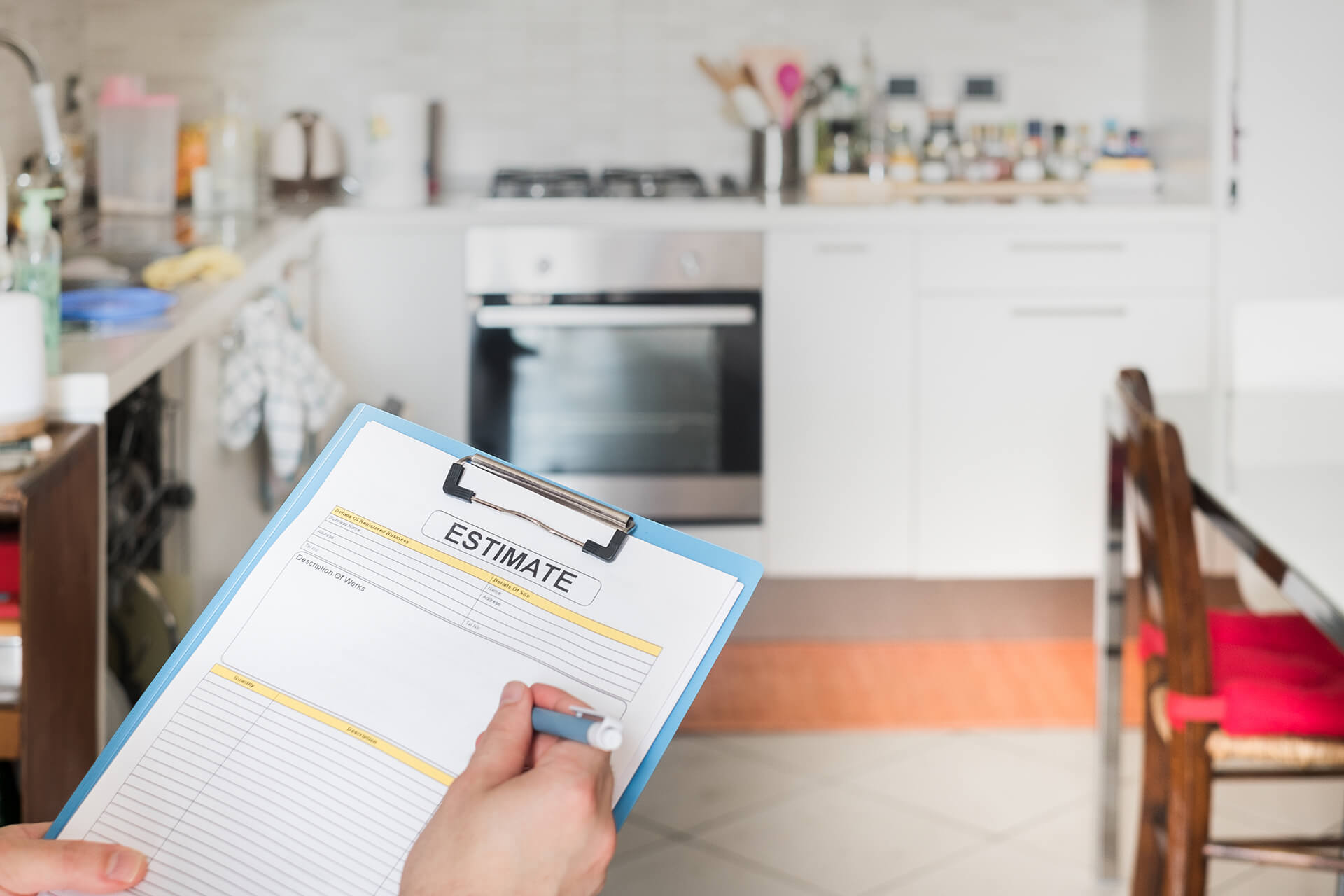
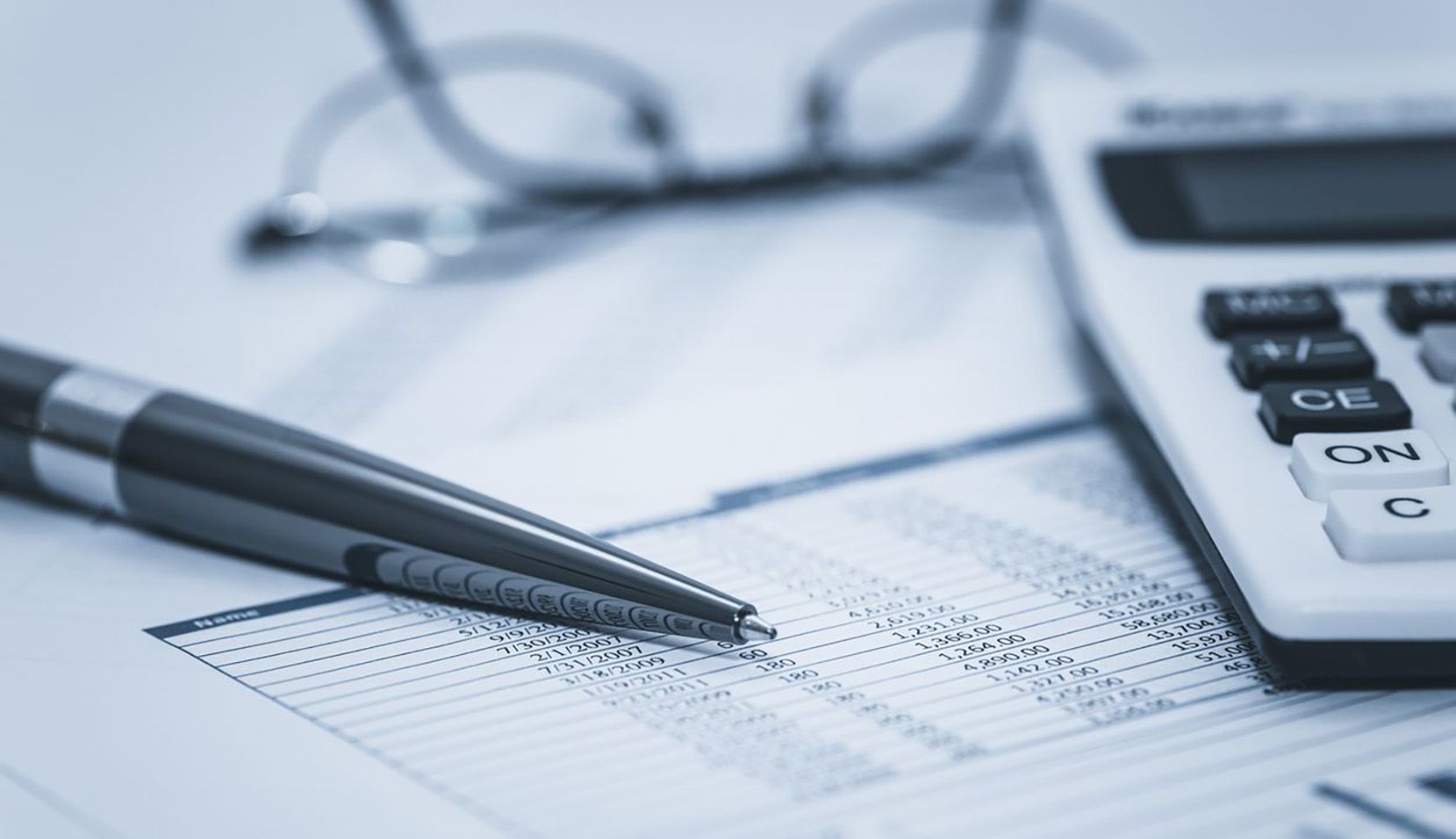
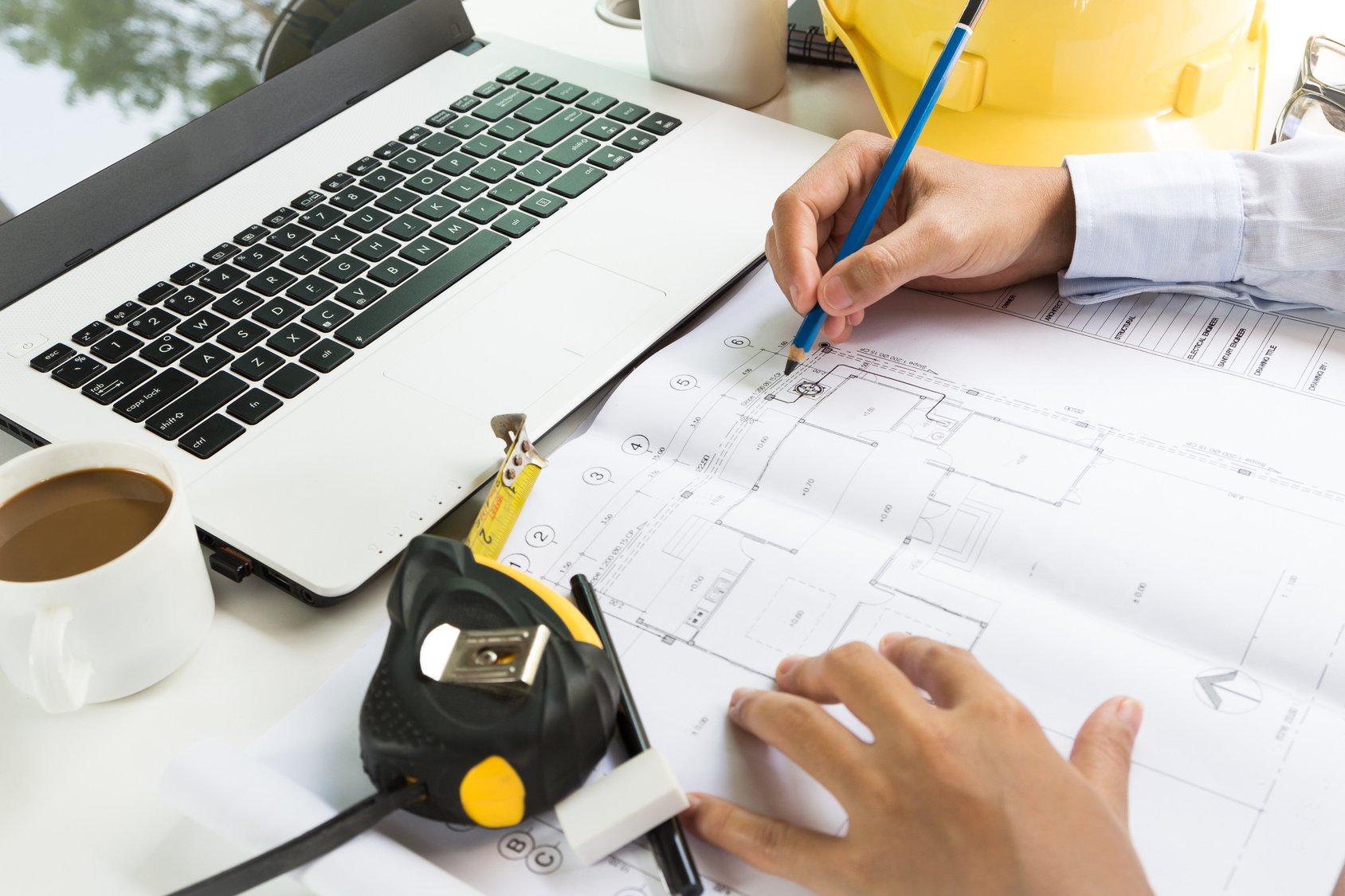



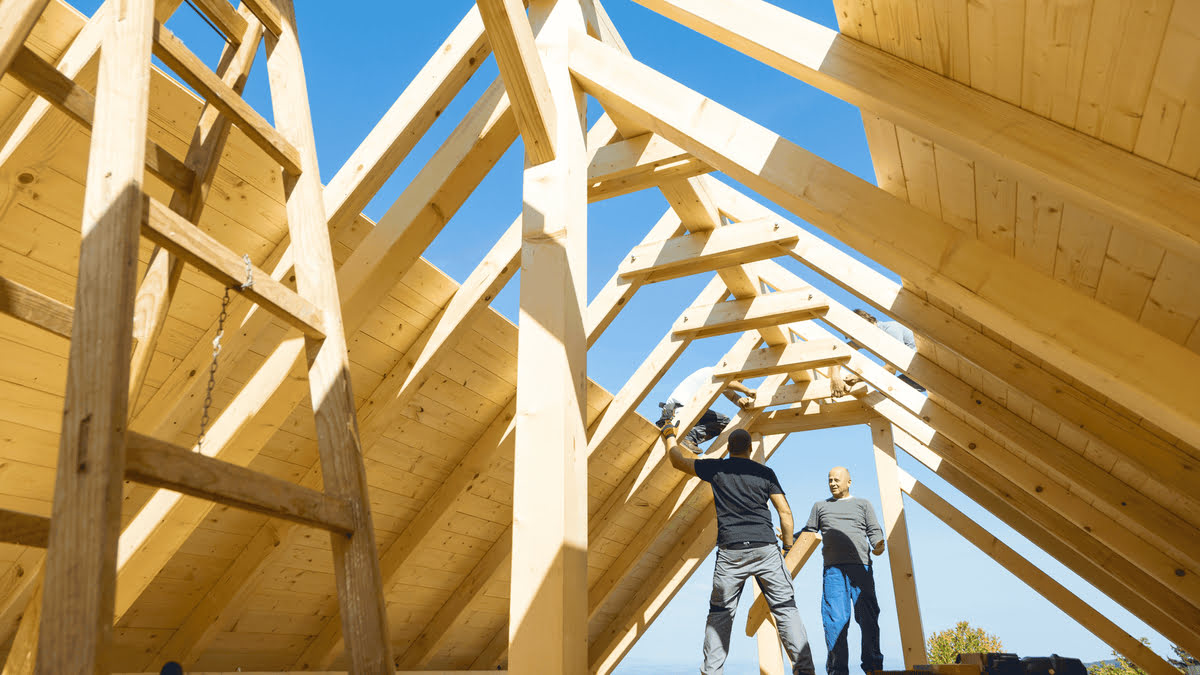






0 thoughts on “How To Estimate Construction Costs”